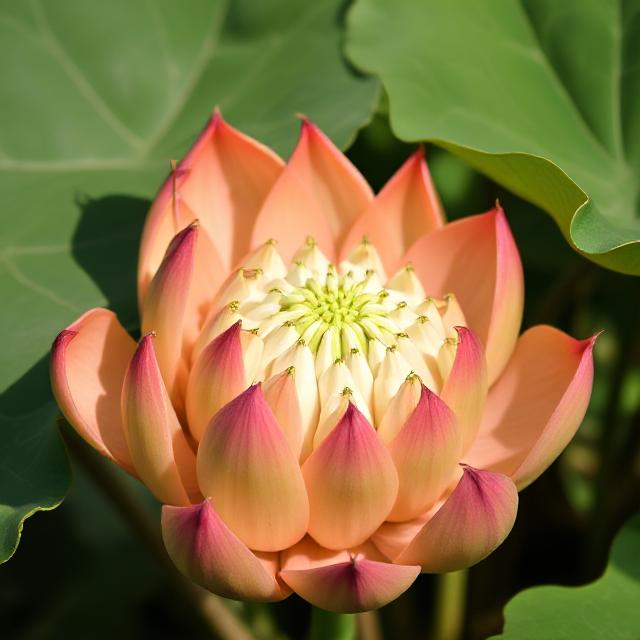Makhana (Foxnuts/Lotus Seeds): History, Health Benefits, Uses & Business Potential
Introduction: Why Makhana Matters Today
Makhana, also known as foxnuts or lotus seeds, has transitioned from being a humble traditional snack in Bihar to an internationally recognized superfood. Once limited to cultural rituals and festive dishes like makhana kheer, today it is a billion-dollar global industry spanning health foods, snacks, energy bars, gluten-free products, and nutraceuticals.
In this article, we’ll explore makhana’s history, nutritional profile, health benefits, applications, business opportunities, processing, and future trends.
1. Makhana History and Origin
- Cultural Roots: Makhana has been cultivated in North Bihar (Mithila region) for centuries, considered sacred in rituals.
- Historical Mentions: Ancient Ayurvedic texts highlight makhana for fertility, kidney strength, and joint health.
- Global Recognition: In the 21st century, makhana has gained fame in international markets, often positioned as “India’s quinoa.”
2. Understanding Makhana: Grain or Seed?
- Makhana comes from the Euryale ferox plant (water lily family).
- It is technically a seed, though often categorized as a grain substitute due to its starchy nature.
- Gluten-free and easy to digest, making it suitable for kids, elders, and patients with dietary restrictions.
3. Nutritional Profile of Makhana
- Makhana Calories: ~350 kcal per 100g.
- Makhana Protein: 9–10g per 100g – a plant-based protein powerhouse.
- Makhana Calcium Content: Rich in calcium (beneficial for bones and teeth).
- Makhana Nutrition Breakdown:
- Carbs: 65–70%
- Protein: 9–10%
- Fat: 0.1–0.5% (low-fat food)
- Fiber: 7–8%
- GI (Glycemic Index): Low → diabetic-friendly.
4. Makhana Health Benefits
4.1 Makhana Benefits for Fertility
Traditionally consumed by couples to improve fertility and reproductive health due to its zinc and protein content.
4.2 Makhana for Weight Loss
- Low in fat & calories.
- High fiber → promotes satiety, reducing overeating.
4.3 Makhana for Weight Gain
- When roasted with ghee or added to curries/kheer, it provides sustained energy, supporting healthy weight gain.
4.4 Makhana for Kids
- Easy-to-digest snack.
- Supports bone development (calcium) and immunity (antioxidants).
4.5 Other Health Benefits
- Anti-aging properties (rich in flavonoids).
- Supports heart health (low cholesterol, low sodium).
- Good for kidney & liver detox.
- Gluten-free → safe for celiac patients.
5. Makhana in Indian Cuisine
- Makhana Kheer – festive dessert.
- Makhana Curry/Gravy – used in sabzis with paneer or peas.
- Makhana Laddu – protein-rich sweet balls.
- Makhana Chaat – roasted + spices.
- Makhana Chips & Makhana Muchies – healthy packaged snacks.
- Makhana Energy Bar – modern use in health & fitness products.
6. Global Applications of Makhana
6.1 Makhana Dry Food & Packaged Snacks
- Air-popped makhana sold as guilt-free alternatives to chips.
- Flavors: peri-peri, cheese, masala, wasabi, etc.
6.2 Makhana in Beverages & Protein Powders
- Ground into flour → blended into smoothies, protein shakes.
6.3 Makhana for Automotive & Non-Food Industry
- Research exploring use of makhana starch in adhesives and eco-friendly packaging.
7. Makhana Bihar & India’s Monopoly
- Bihar contributes 80–85% of the world’s makhana production.
- Makhana Board: Government-backed initiative to promote GI tagging and farmer cooperatives.
- Challenges: fragmented supply chain, outdated processing methods, lack of branding.
8. Makhana Cost & Economics
- Makhana Cost: Wholesale ~₹500–600/kg; retail flavored packs ₹800–1200/kg.
- Export price ~USD $10–15/kg.
- Processing increases value by 2–3x (from raw seeds to roasted flavored packs).
- High margins for entrepreneurs and exporters.
9. Makhana Mining & Processing (Extraction Process)
Unlike mineral mining, makhana “mining” refers to:
- Seeds collected from ponds.
- Sun-dried → roasted → popped.
- Sorted → graded → packaged.
Labor-intensive, but automation in roasting and grading is improving efficiency.
10. Makhana in International Markets
- Exporters: India, Nepal, parts of China.
- Big markets: USA, UK, Middle East, Japan.
- Rising demand in vegan, gluten-free, health-conscious consumer segments.
11. Business & Investment Opportunities
- Makhana Manufacturers: Startups making roasted snacks (Too Yumm, Sattviko, Farmley).
- Makhana Cooking Products: Ready-to-cook curry bases, laddus, granola mixes.
- Makhana Energy Bar Industry: Positioning as protein snacks for athletes.
- Makhana Stock Price & Agritech: Potential for agri-commodity trading platforms.
12. Policy & Regulation
- GI tag for Bihar Makhana ensures brand protection.
- Makhana Board working on farmer welfare, export promotion.
- FSSAI regulates packaged snacks.
- Export incentives under APEDA schemes.
13. Future of Makhana Industry
- Growing global demand for plant-based proteins.
- AI-driven precision farming may boost production.
- Branding makhana like “Quinoa of India” can capture international markets.
- Health research may open new nutraceutical applications (fertility supplements, anti-aging capsules).
Conclusion
Makhana has transformed from a regional delicacy of Bihar into a global health superfood. With rising awareness of makhana nutrition, health benefits, and versatile uses, it presents tremendous opportunities for researchers, entrepreneurs, and policy-makers alike.
Whether as a weight-loss snack, fertility booster, kids’ food, or global export product, makhana is set to define the future of India’s agri-business in the coming decade.











